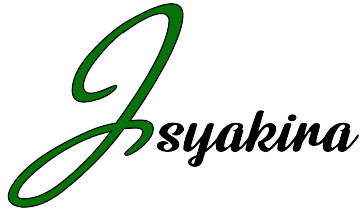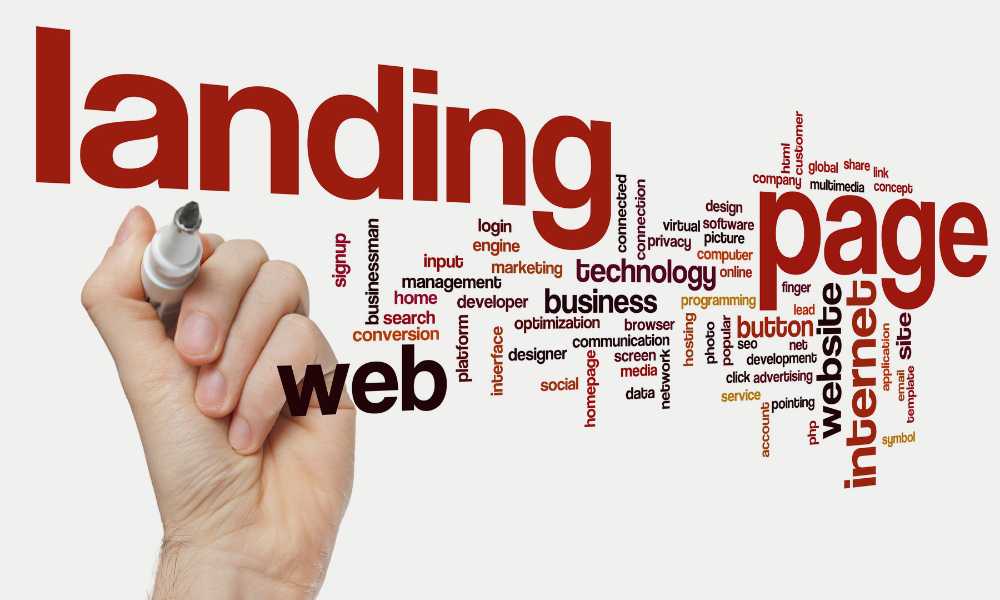Table of Contents
ToggleWhat is a Landing Page?
Landing Page Design & Optimization, Before diving into the details of design and optimization, it’s important to understand what a landing page is. A landing page is a standalone web page, created specifically for marketing or advertising campaigns. Its primary focus is to guide visitors toward a single call to action (CTA). Unlike other pages on your website, landing pages are designed with a narrow focus, usually with one goal in mind: conversions.
Whether you want users to sign up for a newsletter, purchase a product, or fill out a contact form, every element on your landing page should lead visitors to that CTA. To ensure you get the most out of your landing page, mastering both the design and optimization aspects is crucial.
Why Landing Page Design Matters for Conversions
The design of your landing page can directly impact how users interact with your content and whether they choose to convert. An effective landing page combines visual appeal with functionality. When visitors land on your page, they should immediately understand the value you’re offering and how to take the next step.
Key Elements of a High-Converting Landing Page
A successful landing page requires specific elements that work together to capture attention and convert visitors. Below are the critical components:
1. Compelling Headline
The headline is the first thing visitors see. It must be clear, engaging, and relevant to what they are looking for. A well-crafted headline should:
- Address a pain point or need
- Highlight a unique benefit
- Be aligned with the ad or link that brought the visitor to the page
2. Subheadline
The subheadline supports the main headline by providing additional context or explanation. It should quickly reinforce the key message without overwhelming the user.
3. Clear and Concise Call-to-Action (CTA)
The call-to-action button is the focal point of your landing page. Whether it’s “Sign Up Now,” “Download Free eBook,” or “Get Started,” the CTA should be:
- Visible and prominent
- Action-oriented
- Aligned with the visitor’s intent
4. Engaging Visuals
Images, videos, and graphics can enhance the landing page’s appeal and clarify your message. Use visuals that:
- Illustrate your product or service
- Support your brand’s message
- Don’t distract from the CTA
5. Concise, Persuasive Copy
The text on your landing page should be easy to read, concise, and persuasive. Focus on communicating:
- The benefits of your offer
- How the visitor’s problem will be solved
- A sense of urgency, where appropriate
6. Social Proof
Including social proof like testimonials, reviews, case studies, or trust badges can build credibility and reassure visitors that they’re making a good decision.
7. Minimal Distractions
Limit navigation, sidebars, and unnecessary links that might pull users away from your main goal. A streamlined layout keeps the visitor focused on converting.
Best Practices for Optimizing Your Landing Page
Even if your landing page design is aesthetically pleasing, it won’t guarantee conversions if it’s not optimized properly. Here’s how to ensure your landing page performs at its peak:
1. A/B Testing
A/B testing, or split testing, is one of the most effective methods to optimize your landing page. By testing two versions of the same page with slight variations, such as headline, CTA, or image, you can determine which version performs better. Some elements you can A/B test include:
- Button color and placement
- Headline copy
- Form length
- Visuals
2. Mobile Responsiveness
With a growing number of users accessing websites through mobile devices, ensuring your landing page is mobile-friendly is non-negotiable. Optimize your page to:
- Load quickly on mobile
- Use easily tappable buttons
- Adjust text size and visuals for smaller screens
3. Page Load Speed
A slow landing page can result in high bounce rates, costing you conversions. Compress images, limit scripts, and reduce unnecessary elements to improve page speed. Tools like Google PageSpeed Insights can help you evaluate and enhance your load times.
4. Strategic Use of Forms
Forms are essential for gathering information, but long forms can deter users. Minimize the number of fields to only what’s necessary. For example, instead of asking for a full name, email, phone number, and address, just ask for an email and first name to increase form completions.
5. Personalization
Incorporating personalization into your landing page can significantly boost conversions. Personalization could include:
- Addressing the visitor by name
- Tailoring content based on their location or previous behavior
- Offering personalized recommendations
6. Exit-Intent Popups
While popups can sometimes be disruptive, exit-intent popups can be a powerful tool to capture visitors who are about to leave. Offering an incentive, such as a discount or free resource, may convince them to stay and complete the desired action.
Measuring Success: Key Metrics for Landing Page Optimization
To ensure your landing page is performing well, it’s essential to track the right metrics. Here are some key performance indicators (KPIs) to monitor:
1. Conversion Rate
The most important metric for any landing page is its conversion rate—the percentage of visitors who complete the desired action. A high conversion rate indicates that your page design, copy, and CTA are working effectively.
2. Bounce Rate
A high bounce rate means visitors are leaving your page without taking any action. This could signal that your landing page isn’t delivering on expectations, is too slow to load, or has an unclear value proposition.
3. Time on Page
How long users stay on your landing page can reveal how engaged they are with your content. If visitors are leaving quickly, it might mean your content isn’t capturing their interest, or they’re having trouble navigating the page.
4. Scroll Depth
Scroll depth measures how far down the page visitors scroll. This can indicate whether users are seeing your CTA or if key information is placed too low on the page.
5. Form Completion Rate
If your landing page includes a form, track how many users start and complete the form. A low completion rate might suggest the form is too long or intrusive.
Common Mistakes to Avoid in Landing Page Design & Optimization
Even with the best intentions, it’s easy to make mistakes when designing and optimizing landing pages. Here are a few common pitfalls to avoid:
1. Overloading with Information
Too much text or too many options can overwhelm users. Keep the message clear and focused on a single goal.
2. Neglecting the Mobile Experience
Ignoring mobile optimization can cause you to miss out on conversions from mobile users, who make up a significant portion of web traffic today.
3. Inconsistent Messaging
Ensure that the ad, email, or social media post that brought users to your landing page is consistent with the messaging on the page itself. Any disconnect could result in lost trust and conversions.
4. Ignoring Data
Relying on gut feelings instead of data when optimizing your landing page can lead to missed opportunities. Always use data-driven insights from A/B testing and user behavior to guide your decisions.
Conclusion
Mastering landing page design & optimization for maximum conversions involves a combination of compelling visuals, clear messaging, and continuous testing. By following best practices and avoiding common mistakes, you can create landing pages that not only capture attention but also drive real results for your business. Regularly monitor performance metrics and make adjustments based on user data to ensure long-term success.





